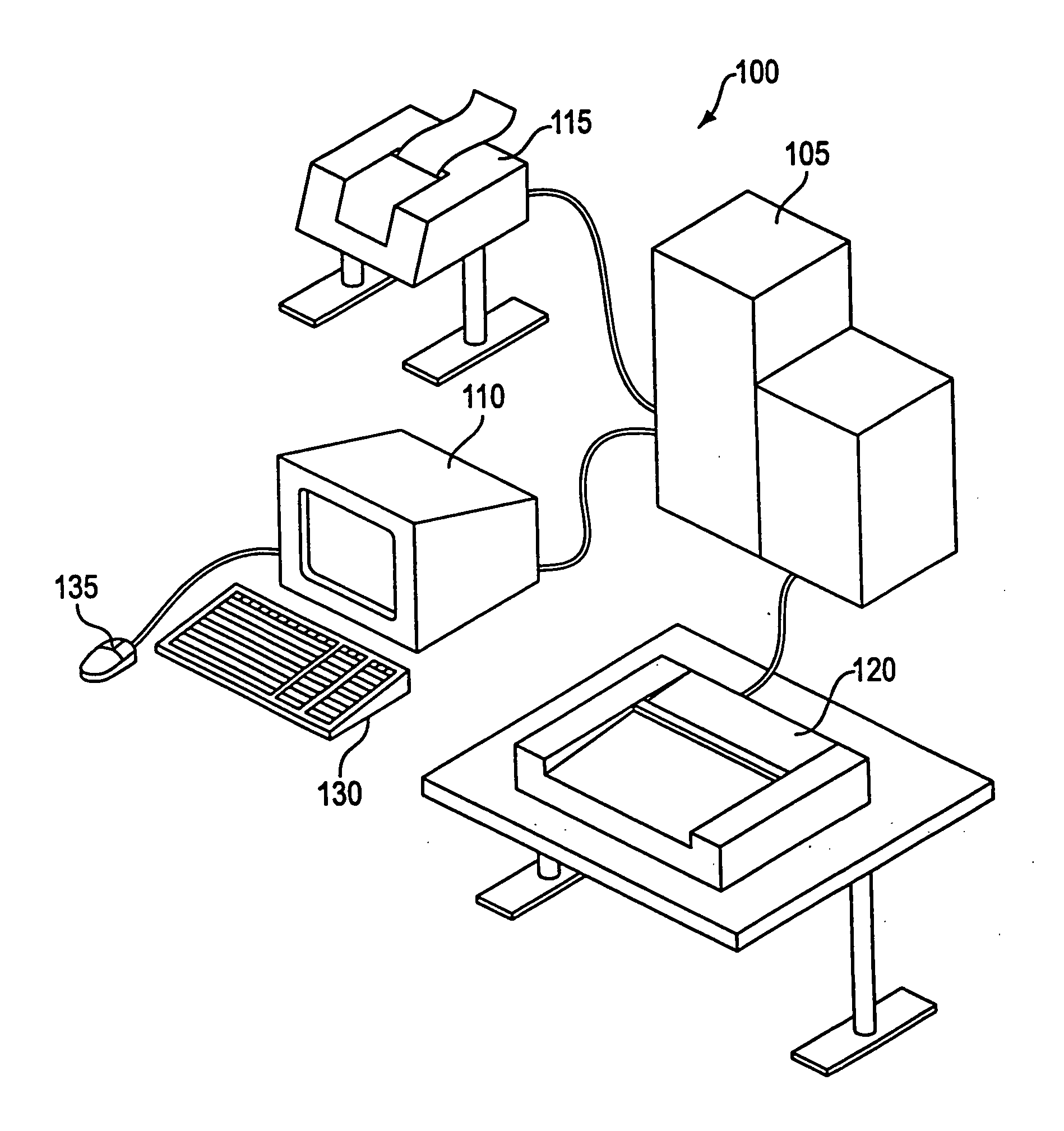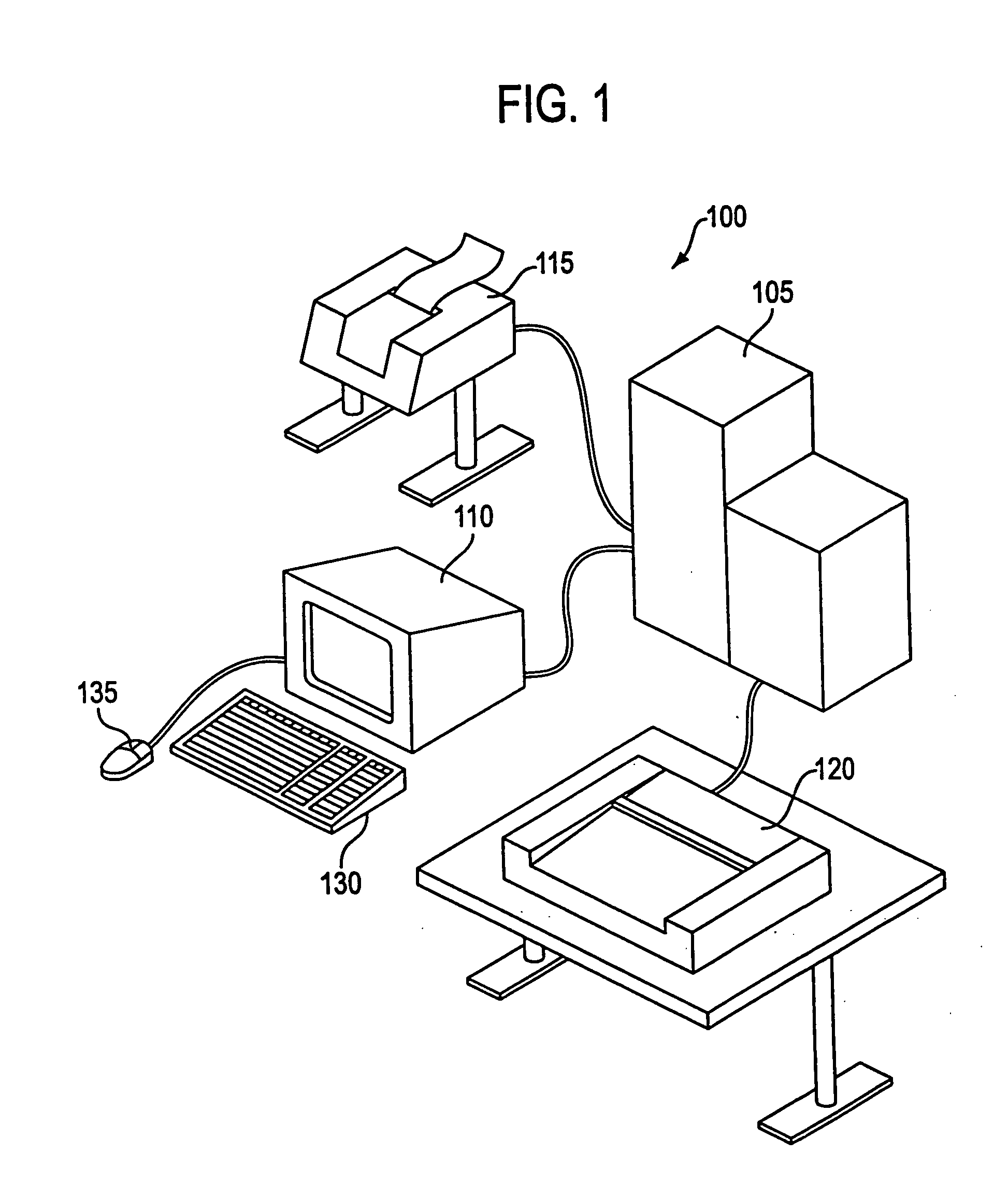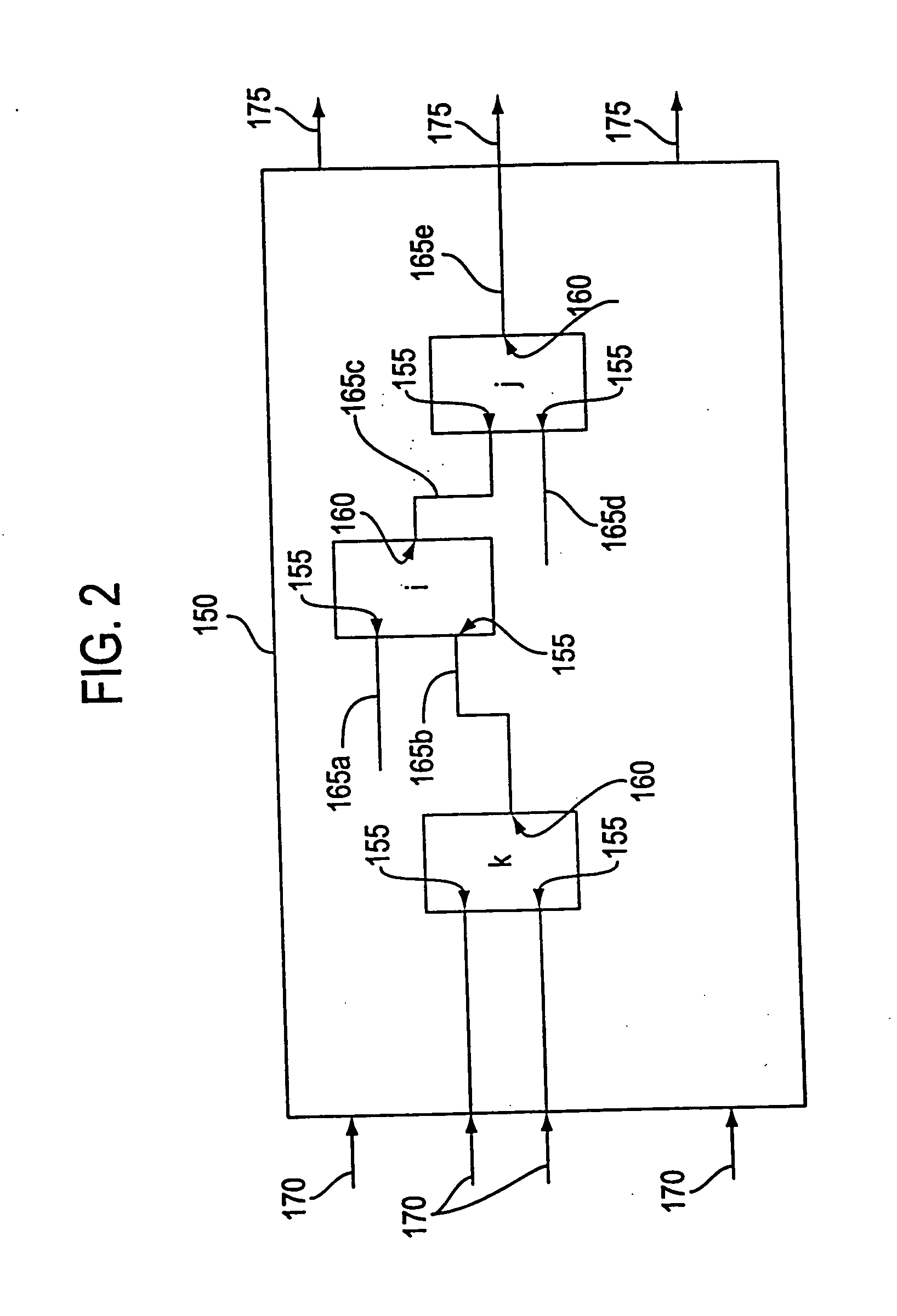Timing closure methodology
a timing closure and timing technology, applied in the direction of cad circuit design, program control, instruments, etc., can solve the problems of difficult to compare two circuits for performance advantages, routing completion is not guaranteed to be achieved, and the excess timing in one module cannot generally be compensated by another module, so as to facilitate the maintenance of timing closure and avoid costly timing analysis
- Summary
- Abstract
- Description
- Claims
- Application Information
AI Technical Summary
Benefits of technology
Problems solved by technology
Method used
Image
Examples
Embodiment Construction
[0050] Those of ordinary skill in the art will realize that the following description of the present invention is illustrative only and not in any way limiting. Other embodiments of the invention will readily suggest themselves to those skilled in the art.
[0051] Referring in detail now to the drawings wherein similar parts or steps of the present invention are identified by like reference numerals, there is seen in FIG. 1 a schematic diagram of a host computer system 100 which is capable of implementing the present invention. The host computer system 100 preferably includes a computer 105, a display 110, a printer 115 and a plotter 120. The computer 105 is typically a personal computer or workstation. The display 110 displays both graphical and textual materials relating to the design of integrated circuits. Also included in the computer system 100 is a keyboard 130 and a pointing device 135 such as a “mouse”. When operating with software tools used in integrated circuit design, th...
PUM
 Login to View More
Login to View More Abstract
Description
Claims
Application Information
 Login to View More
Login to View More - R&D
- Intellectual Property
- Life Sciences
- Materials
- Tech Scout
- Unparalleled Data Quality
- Higher Quality Content
- 60% Fewer Hallucinations
Browse by: Latest US Patents, China's latest patents, Technical Efficacy Thesaurus, Application Domain, Technology Topic, Popular Technical Reports.
© 2025 PatSnap. All rights reserved.Legal|Privacy policy|Modern Slavery Act Transparency Statement|Sitemap|About US| Contact US: help@patsnap.com



